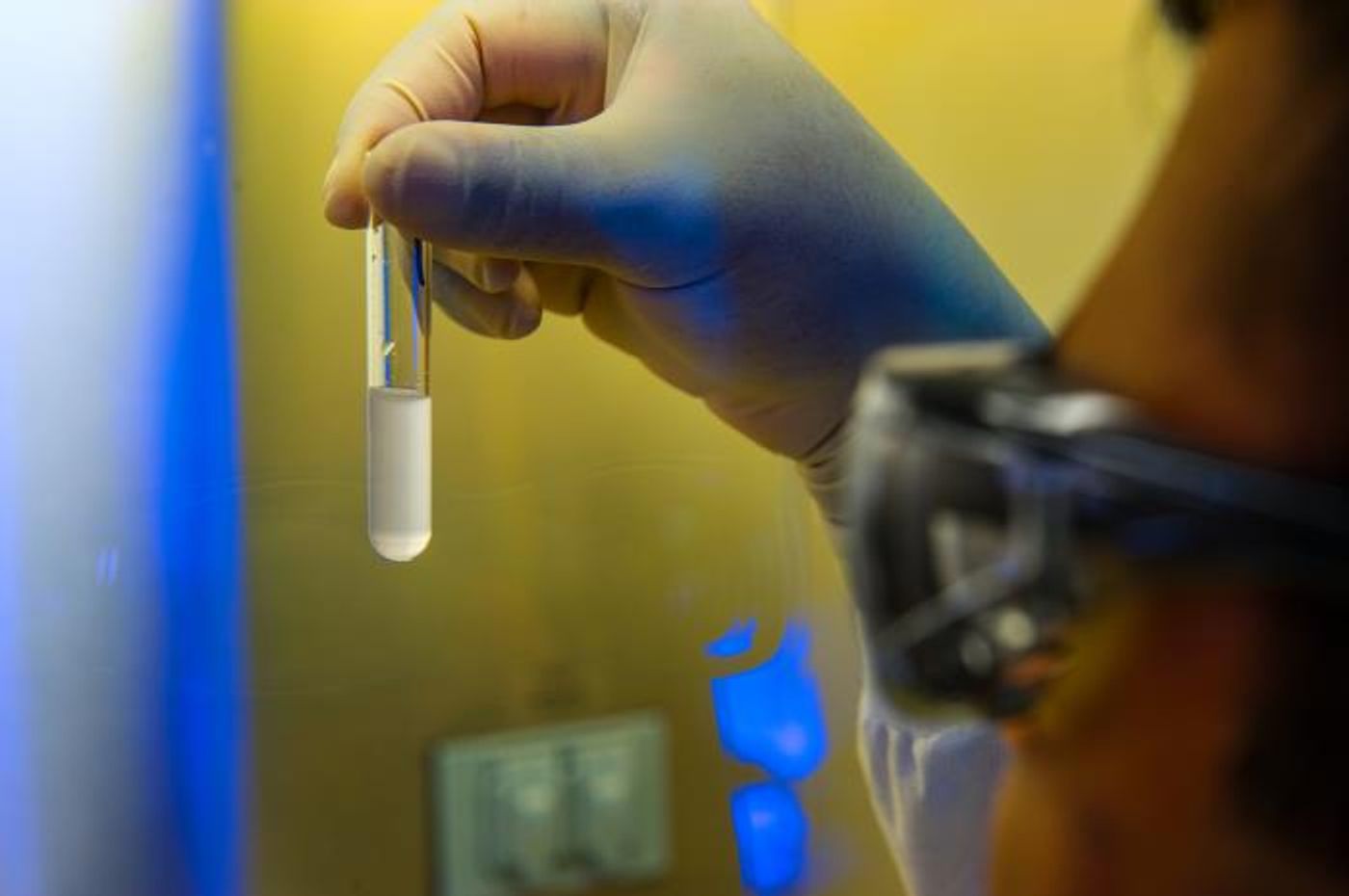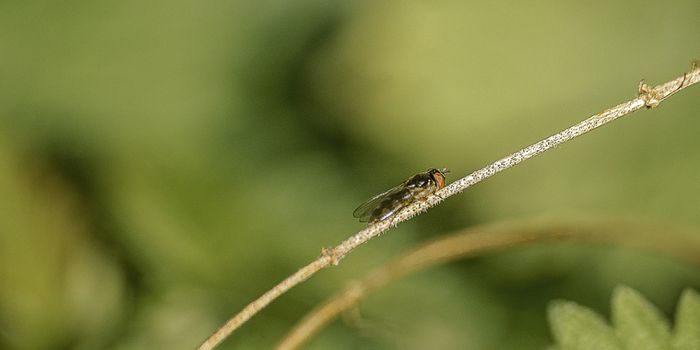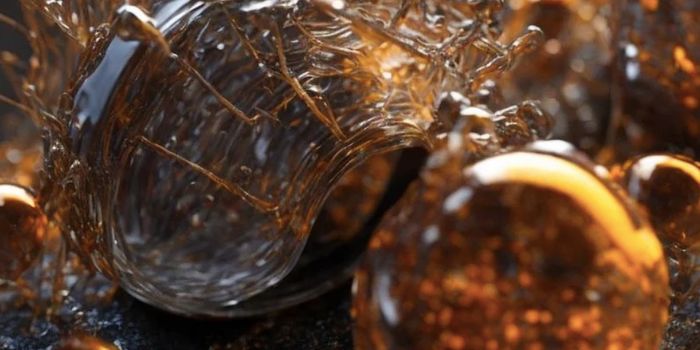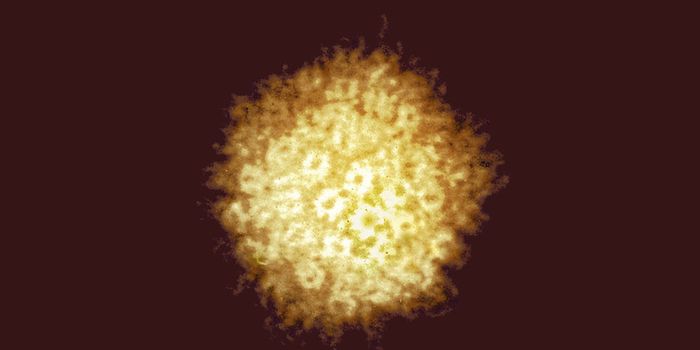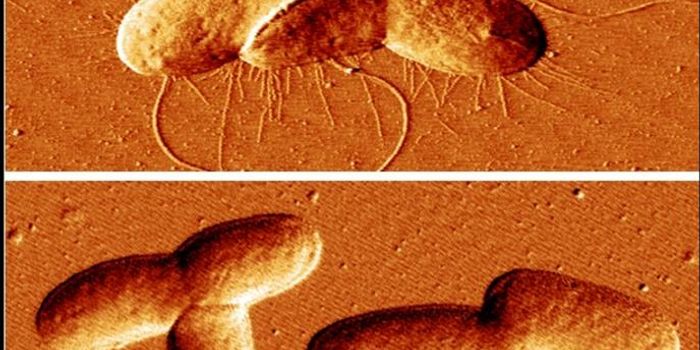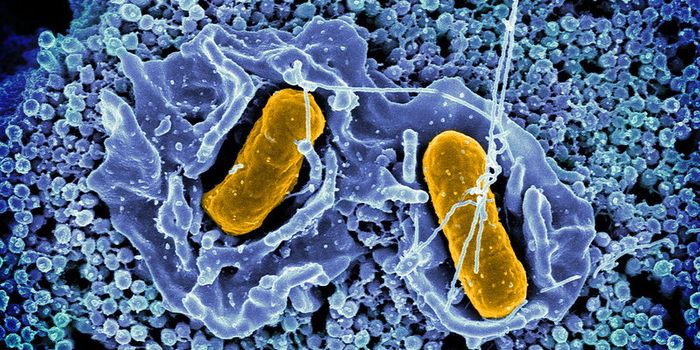Finding ways to Culture Bacteria From Extreme Environments
In order to study bacteria, it has to be grown in the lab. That’s no problem for many common strains of bacteria that are found in our typical environment, or in our bodies. But the world is full of microbes, which have managed to colonize pretty much every place on the planet. From the deepest parts of the ocean, where hardly any life can be found and hydrothermal vents blast out hot water, frozen Antarctica, hot deserts of the planet like the Sahara, or high and dry ones like the Atacama, microbes have been able to carve out a home nearly everywhere, and some thrive only in the most extreme conditions.
That means that studying these extremophiles is full of challenges. But standard bacterial culture techniques don’t work well for growing them, so there is a lot we don’t know about the microbial community of places like the desert.
Scientists have now made progress on that front by creating some new bacterial culture methods or ‘culturomics’ by studying bacteria found in the semi-dry Tabernas desert. The work has been reported in Frontiers in Microbiology.
"Culturomics of the Tabernas desert was the ideal crossroad between a rare, poorly studied environment, and the application of simple, yet powerful culturing techniques including long incubation times, diluted media, and careful colony picking,” said the senior study author Dr. Manuel Porcar, group leader at the University of Valencia, and president of Darwin Bioprospecting Excellence.
In this work, the researchers attempted a variety of different techniques to find the conditions that would enable species that were thought to be ungrowable to proliferate in the lab. They dried different nutrient broths, also known as culture media, dilutions of the nutrients – in some cases by as much as 100 times, and lengthening the times the cultures spent growing to up to one month.
The efforts resulted in the growth of 254 different strains of bacteria. About 40 percent of these microbes are already known to us as soil microbes or habitants of other deserts. However, the remainder that were recovered from very dilute culture media did not match any known species and they may be newly-identified.
Lengthy incubation times also enabled the scientists to isolate some strains that are tough to grow in the lab and are known to be oligotrophic – they grow slowly in low levels of nutrients.
This work has shown that it is possible to culture extreme bacterial species using simple approaches. It also indicates that there are many more species of bacteria out there waiting to be discovered.
"We are currently characterizing several of the unidentified bacteria, three of them being new Kineococcus species. I am certain that some bacterial strains produce biotechnologically relevant products. It is just a matter to carry out the right screening,” noted Porcar.
Sources: AAAS/Eurekalert! via Frontiers, Frontiers in Microbiology
